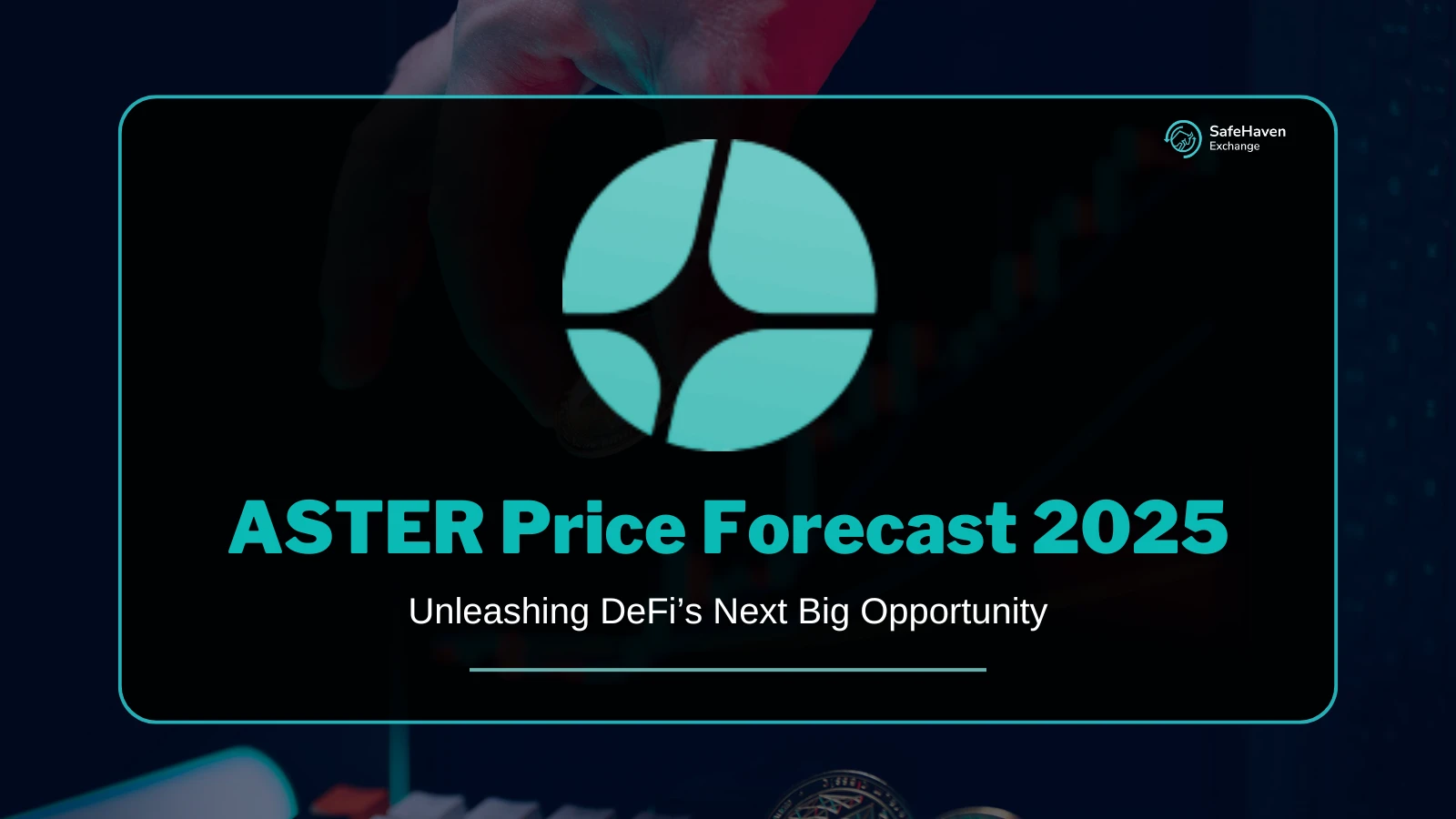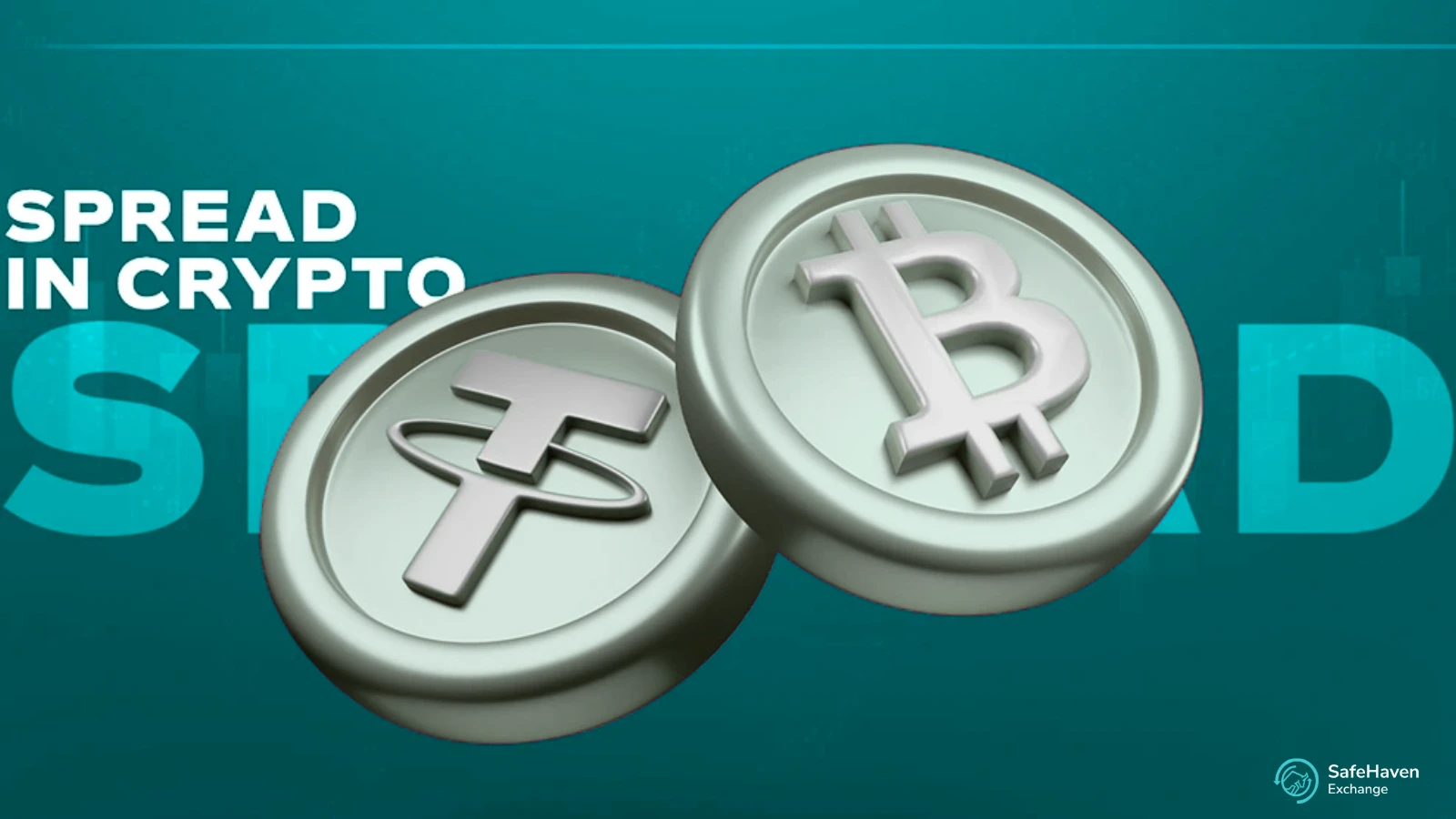In the ever-evolving DeFi landscape, ASTER is making waves as a perpetual DEX, reshaping trading with MEV-free execution and leverage up to 100x on both crypto and stock assets. Launched in September 2025 on the BNB Chain, $ASTER has already surpassed competitors like Hyperliquid in perpetuals volume, fueled by its innovative platform and the upcoming launch of Aster Chain L1. Can ASTER maintain this momentum? Our 2025 overview examines the project’s technology, market activity, and strategic collaborations, along with potential risks from token unlocks and broader industry dynamics. Is ASTER a token to watch? Dive into technical insights, market sentiment, and expert perspectives to find out.
Summary Box (Fast Facts)
- Ticker Symbol: ASTER
- Current Price: $1.77
- Chain: BNB Chain
- Contract Address: 0x000ae314e2a2172a039b26378814c252734f556a
- Market Cap: $3B
- Circulating/Max Supply: 1.65B / 8B
- ATH / ATL Price: $2.42 (2025-09-24) / $0.08439 (2025-09-17)
- All-Time ROI: 2,753%
- Availability: Spot & Futures trading
What Is ASTER?
ASTER is a perpetual decentralized exchange (DEX) operating in the DeFi sector, built on the BNB Chain. Its roadmap includes the launch of Aster Chain, a Layer 1 blockchain designed to enhance transaction speed and privacy. The platform tackles key challenges in DeFi, such as high fees, front-running via miner extractable value (MEV), and fragmented liquidity across networks.
The platform provides two trading modes:
- Simple Mode: One-click trading for beginners.
- Pro Mode: Advanced tools for experienced traders, including hidden orders and grid trading.
ASTER supports perpetual futures for crypto and stocks, allowing leverage up to 100x. Traders can utilize liquid-staking tokens like asBNB or yield-bearing stablecoins like USDF as collateral, enabling them to stake while trading to maximize capital efficiency.
The $ASTER token is central to the ecosystem, powering governance, rewarding liquidity providers, and enabling fee burns to regulate supply. Backed by YZi Labs, ASTER bridges traditional finance and DeFi, offering global access around the clock.
Recent Platform Updates:
- Integration with major wallets for simplified leverage trading.
- CEO Leonard confirmed Aster Chain testing is underway for faster, more efficient transactions.
- A token buyback program is in place to support value.
For new users, ASTER provides a secure trading environment with yield-earning opportunities, while community governance promotes fairness. Early market data shows interest comparable to platforms like Hyperliquid.
ASTER Tokenomics
The $ASTER token underpins the platform’s functionality and growth potential. The total supply is capped at 8 billion, with 1.65 billion (20.63%) currently circulating. Initial distribution:
- 40% allocated to airdrops
- 30% to team and advisors (locked until 2027)
- 20% to ecosystem development
- 10% to strategic partners
Fee burns, tied to trading activity, aim to reduce supply by 5–7% annually, a mechanism similar to BNB. Staking offers up to 8.8% APY, encouraging long-term holding. Governance allows $ASTER holders to participate in decisions, from fee adjustments to introducing new features.
Vesting schedules pose risks: Unlocks after October 2025 may release 800 million tokens by Q2 2026. Compared to PancakeSwap (CAKE), which burned 7% of supply in 2024, ASTER’s burn rate is competitive but dependent on active trading. The token’s utility in fees, staking, and governance fuels demand, yet investors should monitor unlock timelines carefully.
Tokenomics Metric Comparison
| Metric | ASTER (ASTER) | Hyperliquid (HYPE) |
|---|---|---|
| Total Supply | 8B | 1B |
| Circulating Supply | 1.65B | 336M |
| Annual Burn Rate | 5-7% | 3-5% |
| Staking APY | 8.8% | 2.37% |
Current Price & Market Data (as of September 26, 2025)
As of September 26, 2025, ASTER trades at $1.8, down 11% in 24 hours according to CoinMarketCap. Since launch, it surged 1,353% over seven days and 2,324% over 30 days. Its market cap stands at $3 billion, ranking #37 globally. Daily trading volume reached $2.8 billion, giving a volume-to-market-cap ratio of 83.39%, signaling robust trading activity.
ASTER is currently below its all-time high of $2.42 (Sep 24, 2025). From its all-time low of $0.08439 (Sep 17, 2025), the token has gained 2,324%. Total value locked (TVL) reached $2.2 billion per DeFiLlama, with open interest in perpetuals at $1.26 billion. Daily volatility remains high, with ranges of 30–50%, typical for newly launched DeFi tokens.
Price History & Performance Overview
ASTER launched on September 17, 2025, at $0.084 via a token generation event (TGE), distributing 40% of tokens through airdrops without a traditional ICO. By September 24, it hit $2.42, marking a 2,324% weekly surge. A minor 4.2% dip on September 25, influenced by market sentiment, quickly recovered.
Monthly volatility averages 1,650%, with daily moves of 30–50%. Factors influencing future price movement include:
- Listings on major exchanges, increasing liquidity and exposure
- Endorsements by crypto influencers or industry leaders
- Token unlocks potentially affecting supply and stability
These factors will shape ASTER’s trajectory depending on adoption and market conditions.
Whale Activity & Smart Money Flows
Whale behavior shows active accumulation of ASTER. Top wallets control 80% of the supply, with substantial inflows over 30 days. Key activity includes:
- Conversion from $HYPE to ASTER in late September
- USDT leveraged purchases through lending protocols like Aave
- Large withdrawals to private wallets, distributed across multiple addresses
Less than 20 wallets hold 1%+ of the supply, highlighting centralization but also fueling short-term rallies. Exchange outflows spiked 89% during the September 25 dip, with re-entries around $2.10. Governance staking rose, with 225,000 ASTER in pools. Fee burns mimic PancakeSwap’s model. Institutional interest is evident, with Binance-linked wallets increasing holdings. Overall, smart money activity indicates sustained buying despite concentration risks.
On-Chain & Technical Analysis
Technical indicators show key support between $1.90–$2.00, cushioning the September 25 dip. Resistance is seen at $2.14 and $2.32, with a potential breakout toward $2.50, near the Fibonacci 61.8% retracement ($2.45) from ATL to ATH.
- RSI (14-period): 46.42 (neutral)
- MACD: Shows positive momentum in hourly charts
- 50-day EMA: $1.95
- 200-day EMA: $1.20 (forming a golden cross on Sep 19)
TVL rose to $2.11 billion, up 196% weekly, while active addresses surged 300% after listings. Transactions exceed 1.7 million, with low gas fees. Fibonacci extensions indicate a potential $3.11 upside, while a drop below $1.90 risks $1.51. RSI above 70 would signal overbought conditions, but current cooling supports market health.
Fundamental Drivers of Growth
ASTER’s growth relies on innovation, adoption, and partnerships. Key growth drivers:
- Technological Innovation:
- MEV-free trading via Aster Chain’s privacy layer
- Leverage up to 100x for stock perpetuals
- Hidden orders enhance privacy
- Upcoming intent-based trading (Q4 2025) for strategy optimization
- Network Adoption:
- High Q3 2025 volume, with perpetuals driving engagement
- Daily fees among top DeFi platforms
- TVL reached $2.11 billion, reflecting strong user interest
- Integrations & Partnerships:
- Collaborations with Pendle (yield optimization), Venus (lending), and Pyth (oracles)
- Support from major wallets and interoperability via BNB Chain
- Backing from YZi Labs enhances credibility
- Token Utility:
- $ASTER supports 8.8% APY staking, governance, and fee payments
- Fee burns regulate supply, boosting demand
- Roadmap Milestones:
- Q4 2025: ZK-proof rollouts and intent-based trading
- 2026: Aster Chain launch for high throughput and low latency
- UX upgrades and multi-asset margin pools improve accessibility
These factors strengthen $ASTER’s utility, but successful execution is critical.
Key Risks to Consider
ASTER investment carries significant risks:
- Competitive Pressure: Established DEXs may challenge ASTER if development slows
- Token Dilution: Post-October 2025 unlocks could release 800 million tokens, affecting price
- Regulatory Challenges: Privacy-focused DeFi platforms may face scrutiny
- Execution & Security: Delays, reduced engagement, or smart contract vulnerabilities could weaken confidence
- Volatility & Liquidations: High leverage increases risk for traders during market swings
These risks underscore the speculative nature of ASTER. While buybacks and partnerships offer support, thorough research remains essential.
Analyst Sentiment & Community Insights
Analysts view ASTER positively, though caution persists. Many experts see its perpetual DEX model and strong backing as promising. For instance, Messari highlighted its high daily volume and TVL growth as of September 24, 2025. YZi Labs’ support reinforces a bullish outlook.
Community sentiment leans optimistic, driven by recent updates and market activity, though concerns over token unlocks remain. Online discussions reflect a mix of enthusiasm and vigilance. Expert opinions range from bullish (potential DeFi leader) to cautious (speculative risk), with over 20,000 users tracking ASTER on CoinMarketCap. Metrics like LunarCrush show high mentions and strong bullish sentiment, indicating active engagement.
Is ASTER a Good Investment?
Whether ASTER is a good investment depends on your risk tolerance and strategy.
Strengths:
- MEV-free trades and up to 100x leverage
- Perpetual DEX model aligned with DeFi trends
- Strong integrations and ecosystem support
- Diverse token utility (staking, governance, fee payments)
Risks:
- Volatility and leverage-related liquidations
- Token unlocks affecting supply
- Market competition and potential regulatory oversight
Investors should balance confidence in ASTER’s growth against these risks. For those who believe in on-chain trading expansion, $ASTER may fit a diversified crypto portfolio. Careful monitoring of TVL, trading activity, and user adoption is advised. Always research thoroughly and invest only what you can afford to lose.
ASTER offers notable potential for investors willing to navigate volatility. Its prospects are promising yet speculative in 2025.








